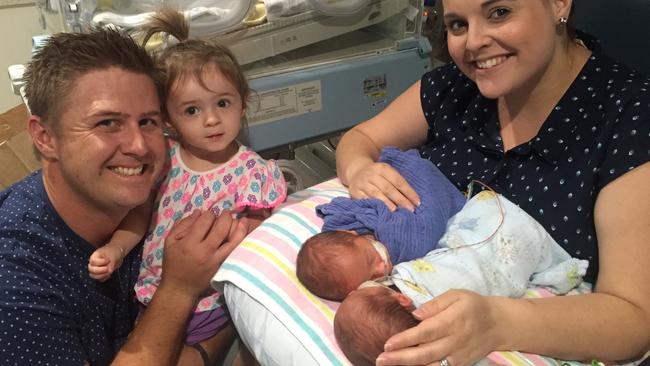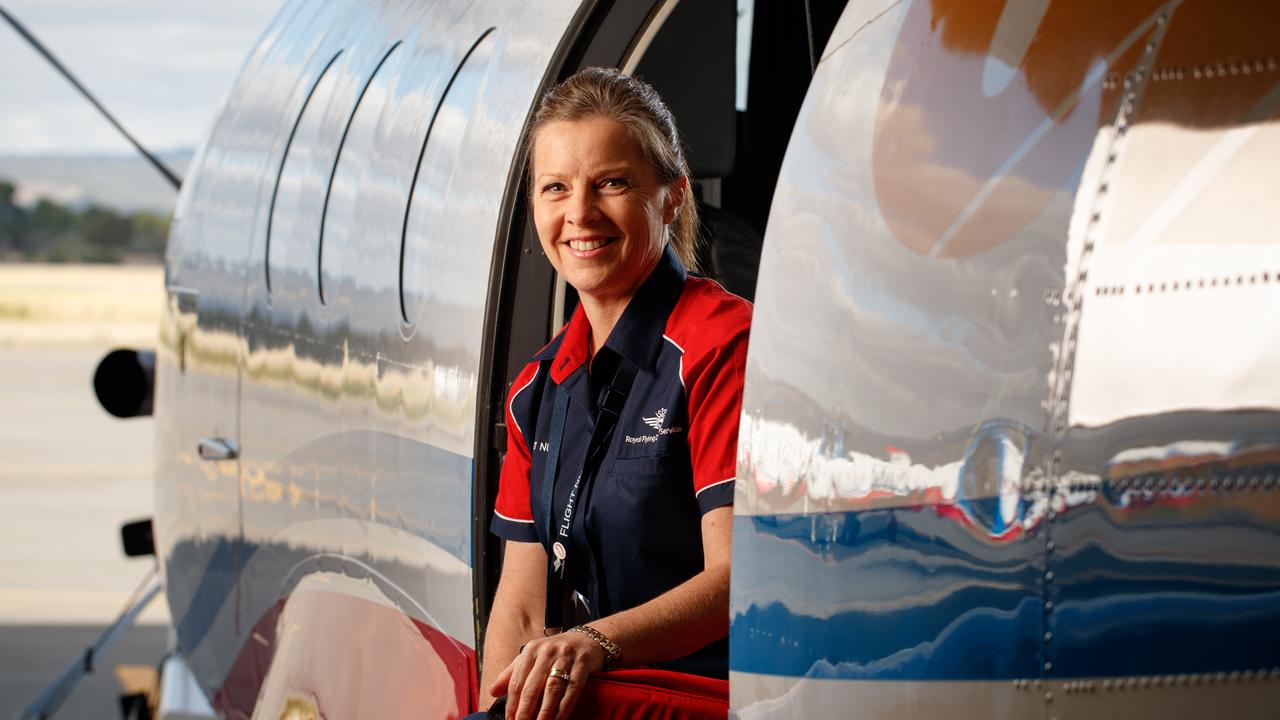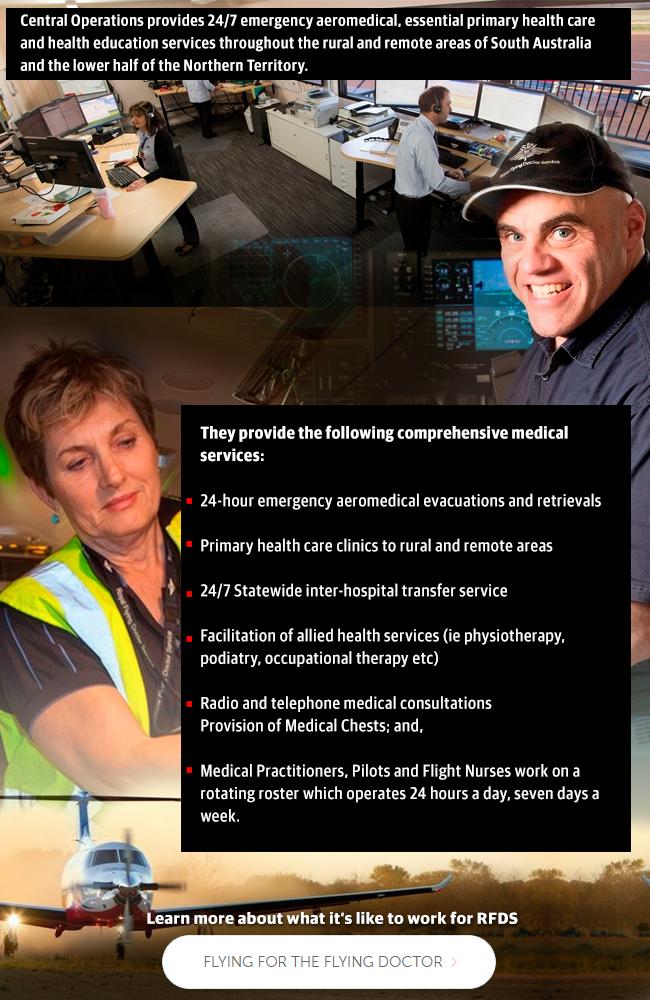FIGHTING their way through stormy weather en route to Mount Gambier, a Royal Flying Doctor Service crew proved to be life-saving for Amanda and Craig Davis’ premature twin boys.
Amanda, 30, was only 30 weeks pregnant with Nash and Preston when labour began on February 24, 2016.
It was all too familiar for the young mother who gave birth to premature twins Lila and Harper at 20 weeks, only three years earlier. The girls’ tiny lungs failed to sustain their first breaths beyond a few heartbreaking minutes. They died shortly after birth.
“To potentially see it all happen again was nerve-racking,” Mr Davis, 33, said. “It was a serious case of déjà vu.”
Facing the same dreadful set of circumstances, the couple rushed to the Mount Gambier Hospital for emergency treatment.
Doctors tried to delay the labour to buy enough time and fly Mrs Davis to Adelaide and potentially lifesaving specialists and equipment.
Mr Davis said his wife received steroids to mature the babies’ lungs as much as possible.
But all efforts failed. Nash and Preston were in a hurry to enter the world. The babies were born by emergency caesarean section while still in the remote town. With their lungs too small to cope, one of the babies was immediately put on a medical ventilator while the other was manually ventilated for “what felt like an hour”, Mr Davis said.
Mrs Davis was being prepared for surgery when a Royal Flying Doctor Service aircraft took off from its base in Adelaide with MedSTAR Kids neonatal retrieval team and RFDS flight nurse Jacqui Matear on board.

The crew grappled with stormy conditions but touched down in Mount Gambier in time to treat the newborns and take them back to Adelaide.
I just can’t describe the feeling of immense relief that came over us on the arrival of the aeromedical team
“I just can’t describe the feeling of immense relief that came over us on the arrival of the aeromedical team,” said Mr Davis, who is a golf professional.
Covering about 450km, a trip from Mount Gambier to Adelaide takes about six hours by road. The RFDS aircraft managed to take the twins to Flinders Medical Centre in Adelaide – where they were placed in the care of neonatal specialists – in an hour.
Mr and Mrs Davis, who moved to Mount Gambier about three years ago, didn’t have long with Nash and Preston before they were taken to the waiting RFDS aircraft.
Having just had surgery, Mrs Davis was left to watch as the newborns were rushed from the hospital.
She was stabilised and the next morning she and her husband were flown by another RFDS crew to be reunited with their boys.
“It was hard,” Mr Davis said. “It was pretty stressful to have them taken so quickly.
“But it was only 24 hours before we caught up with them again.”
Now, more than a year later, Nash and Preston have returned to Adelaide for a check-up and received a clean bill of health, which their parents attribute to those first hours of care with the RFDS.

“I am in no doubt that without the specialist care and the emergency RFDS flight that the boys received, we would have lost another two,” Mr Davis said.
“That would have been absolutely devastating.”

RFDS nurse remembers the flight that saved the Mount Gambier twins
When Royal Flying Doctor Service flight nurse Jackie Matear stepped into the RFDS hanger for the first time she knew this was where she wanted to work.
She craved travel and a job that was a constant challenge where she used all the skills she had acquired during her nursing training.
After starting her career as a new registered nurse at the Women’s and Children’s Hospital in Adelaide, Ms Matear made her way around the wards before finding a place where she felt she belonged.
“I ended up down in emergency and just loved it,” Ms Matear said.
“It was sort of my thing, I don’t like routine.
“I just like having something unknown and trying to figure out what was going on.”
It took a trip to the RFDS base as part of further studies for Ms Matear to see her potential future among the planes, specialist pilots and hi-tech medical equipment.
“As part of graduate diploma we had to come out to where the old base was just to have a look around,” she said.
“We came as a group and were shown around and I just thought, this is me.
“I grew up overseas in Indonesia and Malaysia so I’ve always been a traveller and this job just ticked all the boxes.”
Today, Ms Matear has a long list of qualifications and skills, including a bachelor of midwifery and a graduate diploma emergency nursing. She worked more than 20 years in paediatric nursing, including paediatric intensive care, emergency department, neonatal intensive care unit and more than 10 years as a resuscitation room educator.
She has experience in adult emergency nursing and worked as a remote area nurse (RAN) in the Oak Valley Aboriginal community.
She worked as a flight nurse at the RFDS Central Operations for the past six years and is also a remote clinical educator who teaches nurses, doctors, paramedics and health practitioners on remote emergency course, paediatric emergency course, midwifery emergency course, adult life support, basic life support, and does triage education for clinical and administration staff.
It was most of those skills which came into play when she made a whirlwind trip to Mount Gambier to help premature born twin boys Nash and Preston in February last year.
“We went down with MedSTAR so there were three of us on the team,” Ms Matear said.
“We (collect) premature babies and mothers in premature labour a lot, especially in rural areas.
“We were on the ground for two or three hours until they were stabilised, which is quite an extended time, but because they were twins there was double the amount of things to do.”





From bar manager to top cop: Commissioner Dole reveals all in candid interview
The man who once managed the Alice Springs police club says he ‘never in a million years’ thought he would hold the Northern Territory’s top policing role – but now he’s in it, he has revealed his plan for the force.
Into the abyss: Thai cave rescuer finds solace in depths in newest daring challenge
Dr Richard Harris, known to the world as one of the heroes in the 2018 Thai cave rescue, reveals how he finally found peace in an expedition which could have killed him. Read more.